In our rapidly evolving world, where technology has become the heartbeat of daily life, the significance of coding skills has surged beyond mere computer screens and intricate algorithms. The ability to code has transformed from niche expertise to a universal language that empowers individuals to shape, create, and innovate.
From the apps that simplify our routines to the websites that connect us globally, coding skills are the driving force behind these marvels. In this narrative of digital transformation, understanding code isn’t just an advantage; it’s a vital skill that unlocks endless opportunities in every corner of our interconnected existence.
Table of contents
Learning Coding Fundamentals
Welcome to our coding journey! In this segment, we’re diving into the essential building blocks for kids of programming: variables, data types, operators, conditional statements, and loops. These are the tools that form the bedrock of any software development endeavor. So, let’s roll up our sleeves and explore these concepts in a way that’s approachable and human-friendly.
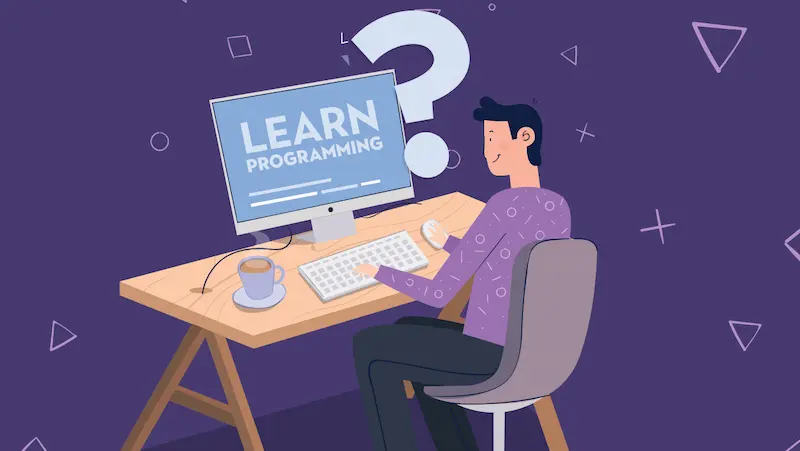
Variables, Data Types, and Operators: The Basics Demystified
Think of variables as containers that hold valuable information for your program. They can store numbers, text, or other types of data. Imagine a box labeled “name” where you keep the name of your favorite pet. Similarly, variables help your program remember and manipulate data.
Data types, on the other hand, determine what kind of information a variable can hold. Just as you wouldn’t pour water into a bag meant for apples, you can’t store text in a variable designed for numbers. Common data types include integers (whole numbers), floating-point numbers (decimal numbers), strings (text), and more.
Control Structures: Steering Your Program’s Course
Conditional statements and loops are the compass and engine of your code, helping you control its flow and behavior.
Conditional statements are like forks in the road. They let your program make decisions based on certain conditions. If you’ve ever made a choice based on whether it’s sunny or rainy outside, you’ve got the hang of conditional statements. In computer programming for kids, “if” statements allow your code to take different paths depending on whether a condition is true or false.
Improving Coding Proficiency
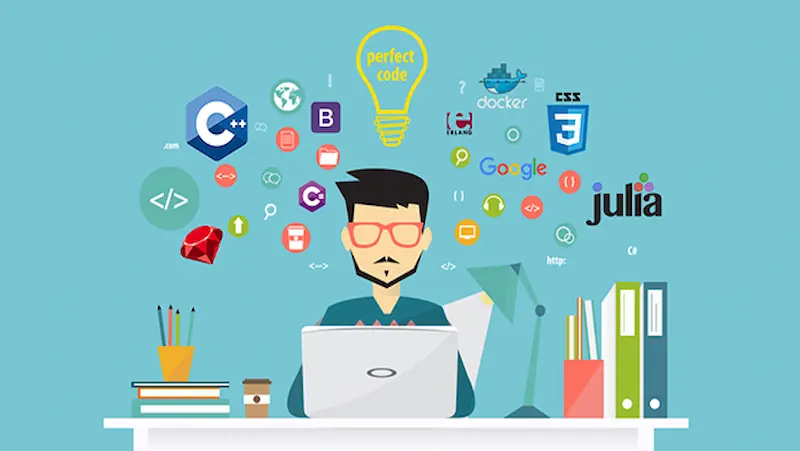
Efficient Algorithm Design and Analysis
Coding for kids is more than just writing lines of code; it’s about crafting elegant solutions that optimize time and resources. This is where algorithm design comes into play. Instead of rushing to code, take a step back and analyze the problem at hand. Break it down into smaller components and consider different approaches.
Efficiency isn’t just about speed; it’s also about space utilization. An algorithm that solves a problem in seconds but consumes excessive memory might not be practical. So, strike a balance between time complexity and space complexity.
Utilizing Data Structures for Optimal Solutions
Data structures are the building blocks of any program. They help organize and manage data, facilitating efficient manipulation and retrieval. The choice of data structure can significantly impact your solution’s performance.
Understanding the strengths and weaknesses of different data structures is essential. It’s like choosing the right tool for the right job. If you’re dealing with a lot of insertions and deletions, a linked list might be better than an array.
Enhancing Your Programming Skills
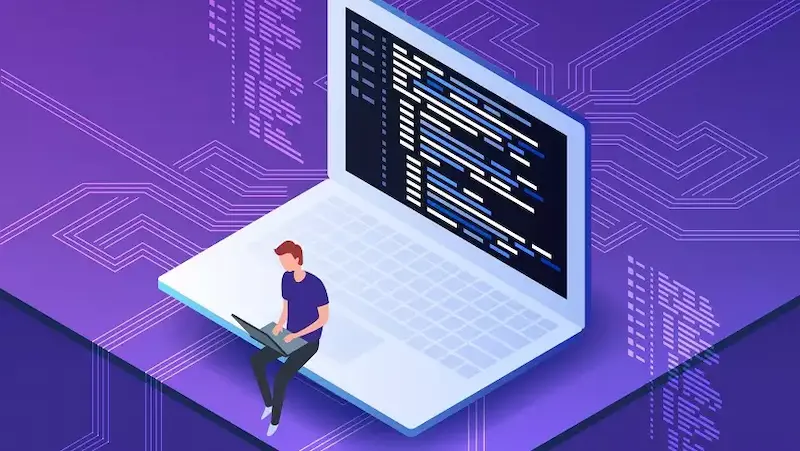
Object-Oriented Programming (OOP) Principles: Unveiling the Power of Structure
Imagine building a virtual universe where objects interact seamlessly, resembling the intricacies of the real world. That’s the magic of OOP. At its core, OOP revolves around the concept of objects, which bundle data and the methods that operate on that data. The four pillars of OOP—Encapsulation, Abstraction, Inheritance, and Polymorphism—serve as your compass through this programming journey.
Encapsulation: Think of an object as a well-contained treasure chest. Encapsulation ensures that the inner workings of an object are hidden from the outside world. You reveal only what’s necessary, enhancing security and making your code easier to maintain.
Abstraction: In the world of OOP, abstraction is like painting a picturesque scene. It involves simplifying complex reality by focusing on the essential features. This principle empowers you to create classes and methods that represent real-world concepts, making your code more intuitive.
Inheritance: Like passing down traits from one generation to the next, inheritance lets you build new classes by extending existing ones. This not only fosters code reusability but also helps you create hierarchies that reflect the relationships between objects.
Polymorphism: Think of polymorphism as a chameleon’s ability to take on different forms. With this principle, you can use a single interface to represent various classes. This flexibility allows you to write more generic and adaptable code.
Design Patterns and Their Application: Crafting Solutions Like a Seasoned Artisan
Design Patterns are time-tested solutions to recurring design problems. They’re like blueprints for creating robust, efficient, and maintainable software. Just as a skilled architect uses specific designs for different building types, a proficient programmer employs design patterns for specific programming challenges.
Creational Patterns: These are the foundation stones of object creation. Whether it’s ensuring a single instance of a class (Singleton) or abstracting the instantiation process (Factory), creational patterns help you sculpt objects with precision.
Structural Patterns: Just as a skilled carpenter joins different materials seamlessly, structural patterns connect objects in harmonious ways. From creating adaptable interfaces (Adapters) to composing objects into larger structures (Composite), these patterns enhance the overall architecture.
Behavioral Patterns: Much like a conductor orchestrating a symphony, behavioral patterns dictate how objects interact. Patterns like Observer enable objects to communicate without being tightly coupled, while the Strategy pattern allows algorithms to be interchanged effortlessly.
Learning Resources for Coding
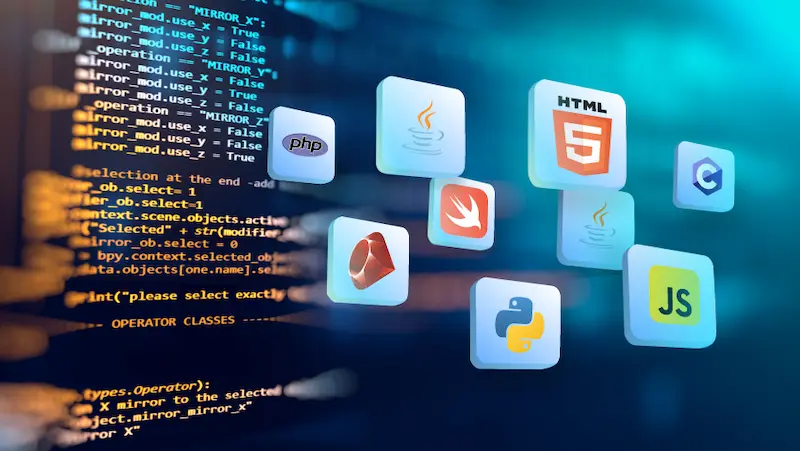
Exploring Free Coding Tutorials and Online Courses
The internet is teeming with free coding for kids tutorials and online courses that cater to various skill levels and programming languages. Websites like Codecademy, Khan Academy, and freeCodeCamp offer a plethora of interactive tutorials that guide you step-by-step through coding skills concepts. These resources are excellent for laying a strong foundation and grasping fundamental concepts.
Engaging with the Coding Community: Forums, Blogs, and Social Media
Learning to code for kids doesn’t have to be a solitary journey. The coding classes for kids community is a vibrant and welcoming space where you can connect with fellow learners and experienced developers alike. Online forums like Stack Overflow and Reddit’s programming subreddits are goldmines of knowledge. If you’re stuck on a problem, chances are someone else has faced the same challenge and can offer insights to help you overcome it.
Real-world Applications of Coding Skills
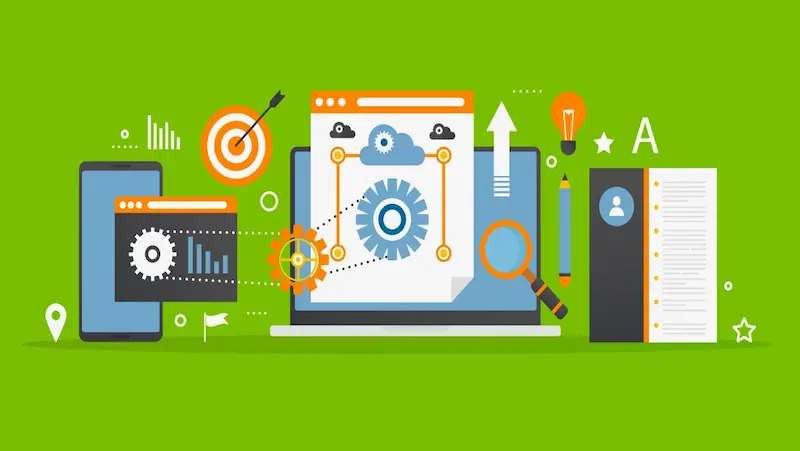
Web Development: Creating Dynamic and Responsive Websites
Imagine you’re browsing a website that seamlessly adapts to your device, whether you’re on a desktop, tablet, or smartphone. That’s the magic of web development in action. With our coding prowess, we can craft websites that not only look stunning but also function flawlessly.
Modern web development frameworks like HTML, CSS, and JavaScript provide us with the tools to build dynamic and responsive websites. By mastering these languages, we become architects of the digital world, constructing online spaces that engage and inspire users.
Mobile App Development: From Idea to App Store
Ever had a genius app idea that you wished existed? With the best coding classes for kids coding skills, we have the power to turn those dreams into reality. Mobile app development takes us through the journey of creating applications that live in the pockets of billions.
Languages like Java (for Android) and Swift (for iOS) become our paintbrushes, allowing us to sketch out screens, buttons, and interactions. We can integrate features like GPS, camera access, and notifications, making our apps smarter and more useful.
Mastering Advanced Programming Concepts

Multi-threading and Parallel Programming
Imagine your computer as a busy chef in a bustling kitchen. Without multi-threading, it’s like the chef trying to cook a feast one dish at a time. But with multi-threading, it’s as if the chef has enlisted a team to cook different dishes simultaneously, resulting in a faster and more efficient feast preparation. Similarly, in programming, multi-threading enables your application to perform multiple tasks concurrently, boosting performance and responsiveness.
Networking and APIs: Connecting Applications
In today’s interconnected digital world, it’s not enough for applications to work in isolation. Just like people need bridges to connect different islands, applications need networks and APIs (Application Programming Interfaces) to communicate and share information. Think of APIs as translators that help different apps understand each other’s language.Whether you’re building a social media platform or a weather app, understanding networking and APIs is crucial. Enrolling with a computer programmer for kids can help them grasp these concepts and apply them effectively in their programming projects.
Conclusion
In conclusion, the journey of mastering coding skills is both a challenging and rewarding endeavor. Through dedication, practice, and a willingness to learn, one can truly enhance their programming for kids proficiency. Remember, it’s not just about the syntax or algorithms, but about cultivating a deep understanding of problem-solving and creativity in the digital realm. So, keep coding game for kids, keep experimenting, and keep pushing your boundaries. Your growth as a programmer is limited only by your curiosity and determination. Happy coding!
Frequently Asked Questions
A1. Begin with a beginner-friendly language like Python. Find online tutorials, courses, and practice coding daily. Start with simple projects to build confidence.
A2. Yes, coding bootcamps can be effective. They offer intensive, hands-on training in a short time. Research and choose one that fits your goals and learning style.
A3. Break problems into smaller parts, use online resources, ask for help in forums, and don’t fear making mistakes – they’re a natural part of learning.
A4. Allocate time for both learning new concepts and applying them in practical projects. Gradually increase complexity to challenge yourself.
A5. Coding skills can definitely be self-taught. Many successful developers are self-taught. Formal education can help, but self-guided learning is also highly effective.

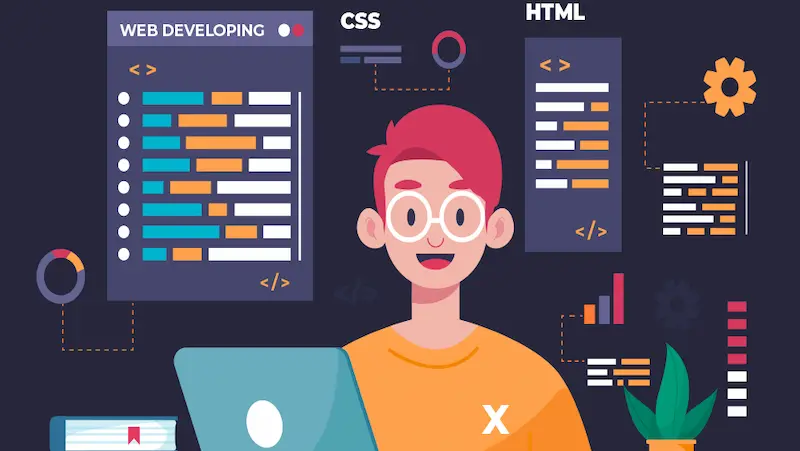
 We are an army of educators and passionate learners from BrightChamps family, committed to providing free learning resources to kids, parents & students.
We are an army of educators and passionate learners from BrightChamps family, committed to providing free learning resources to kids, parents & students.










